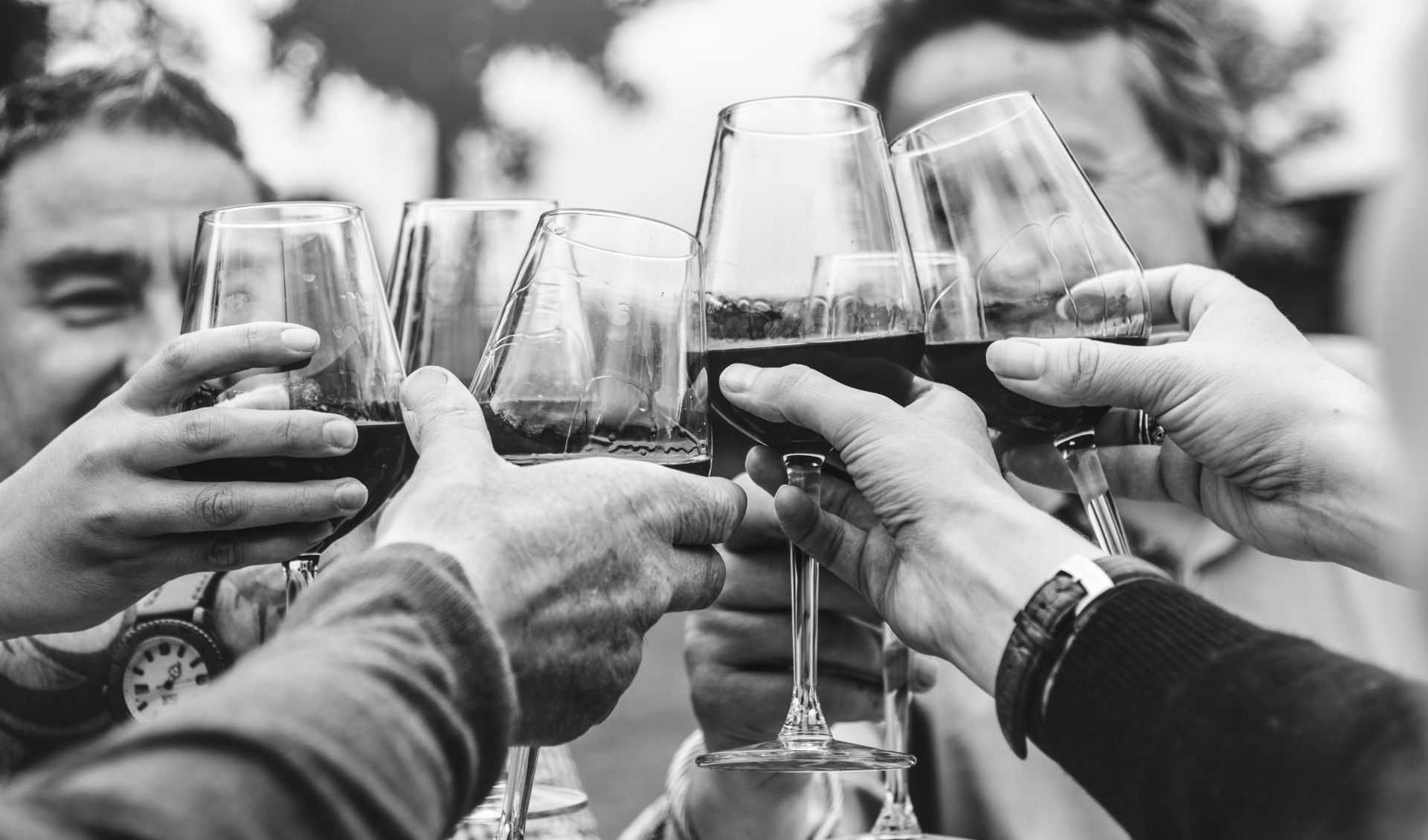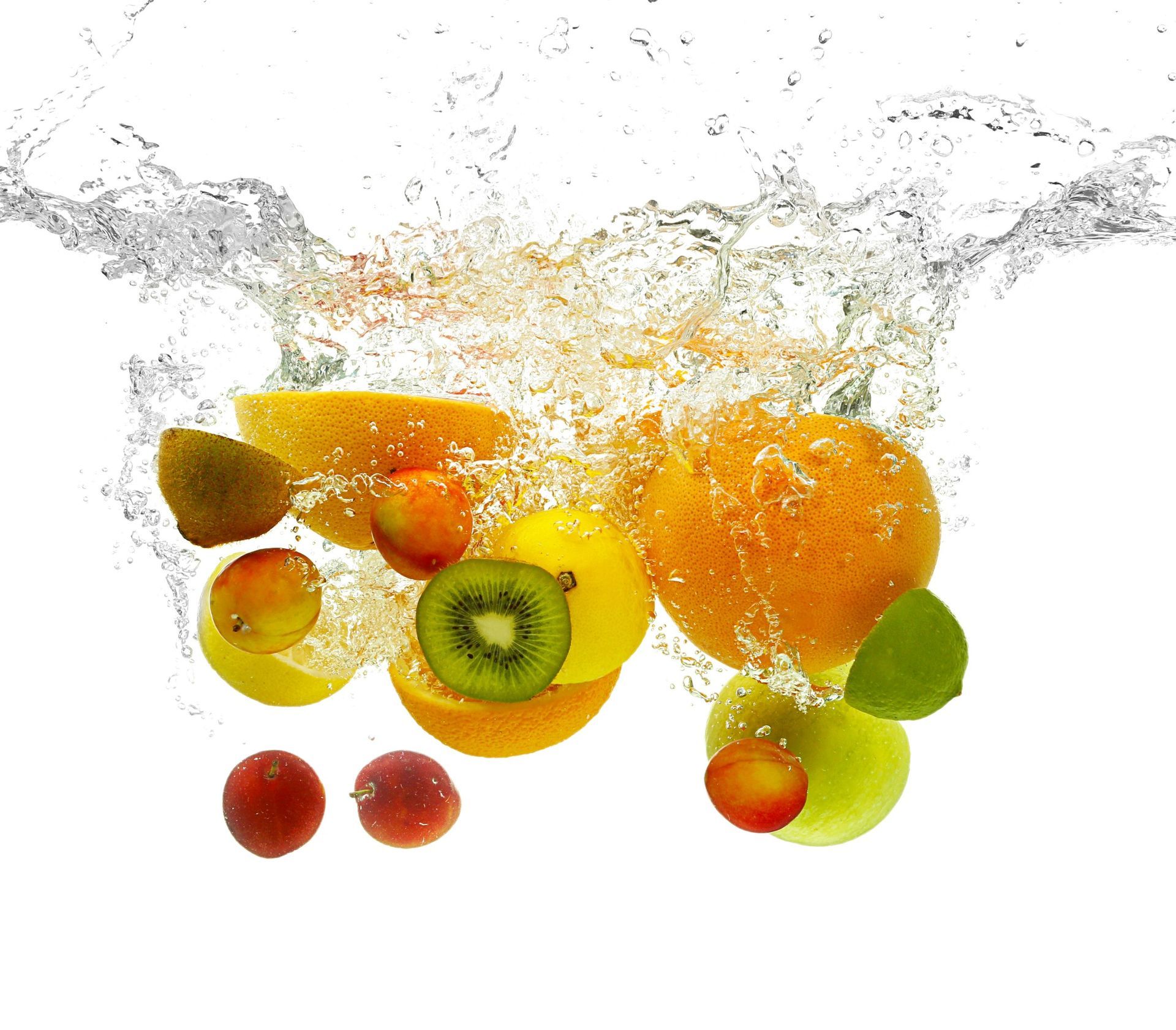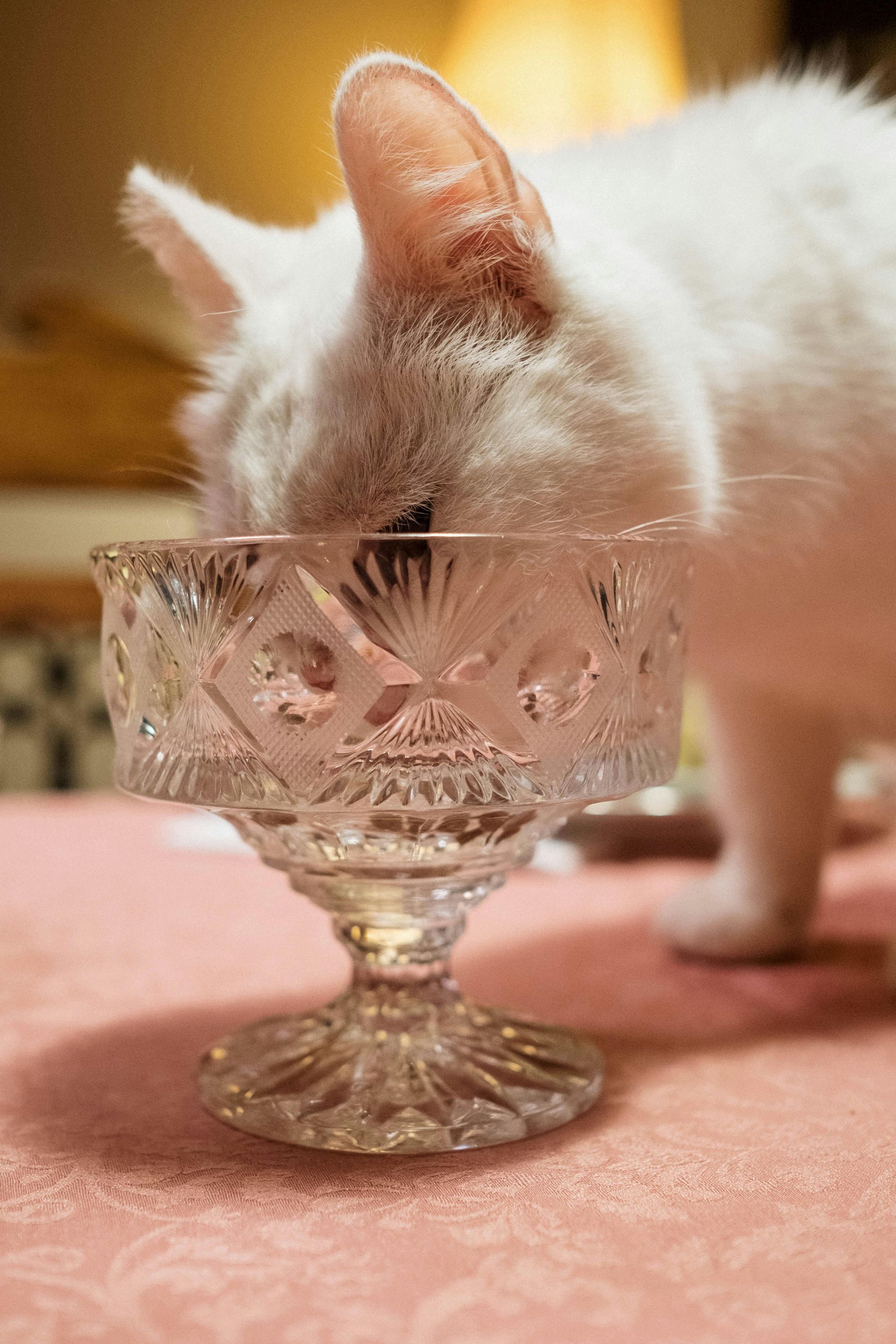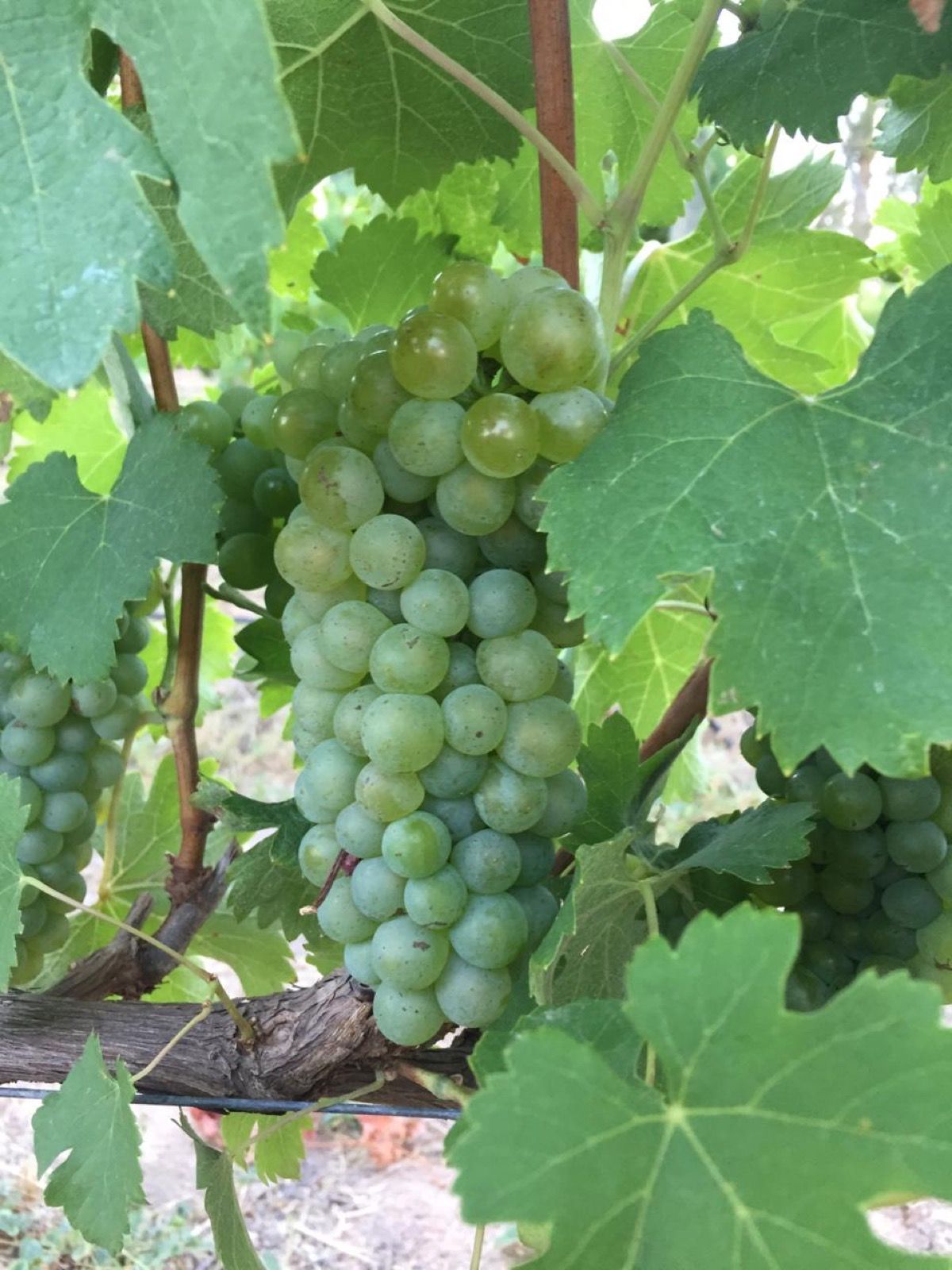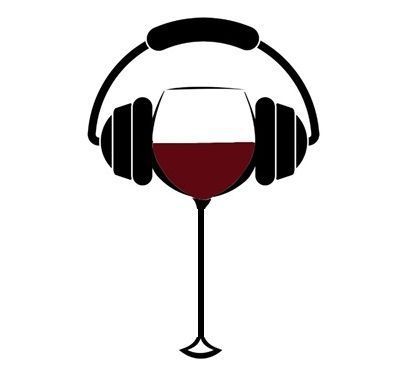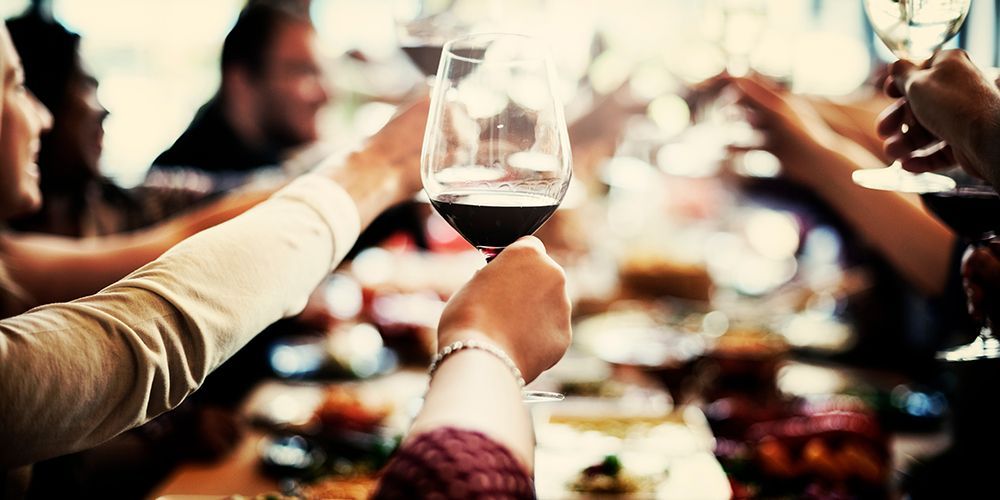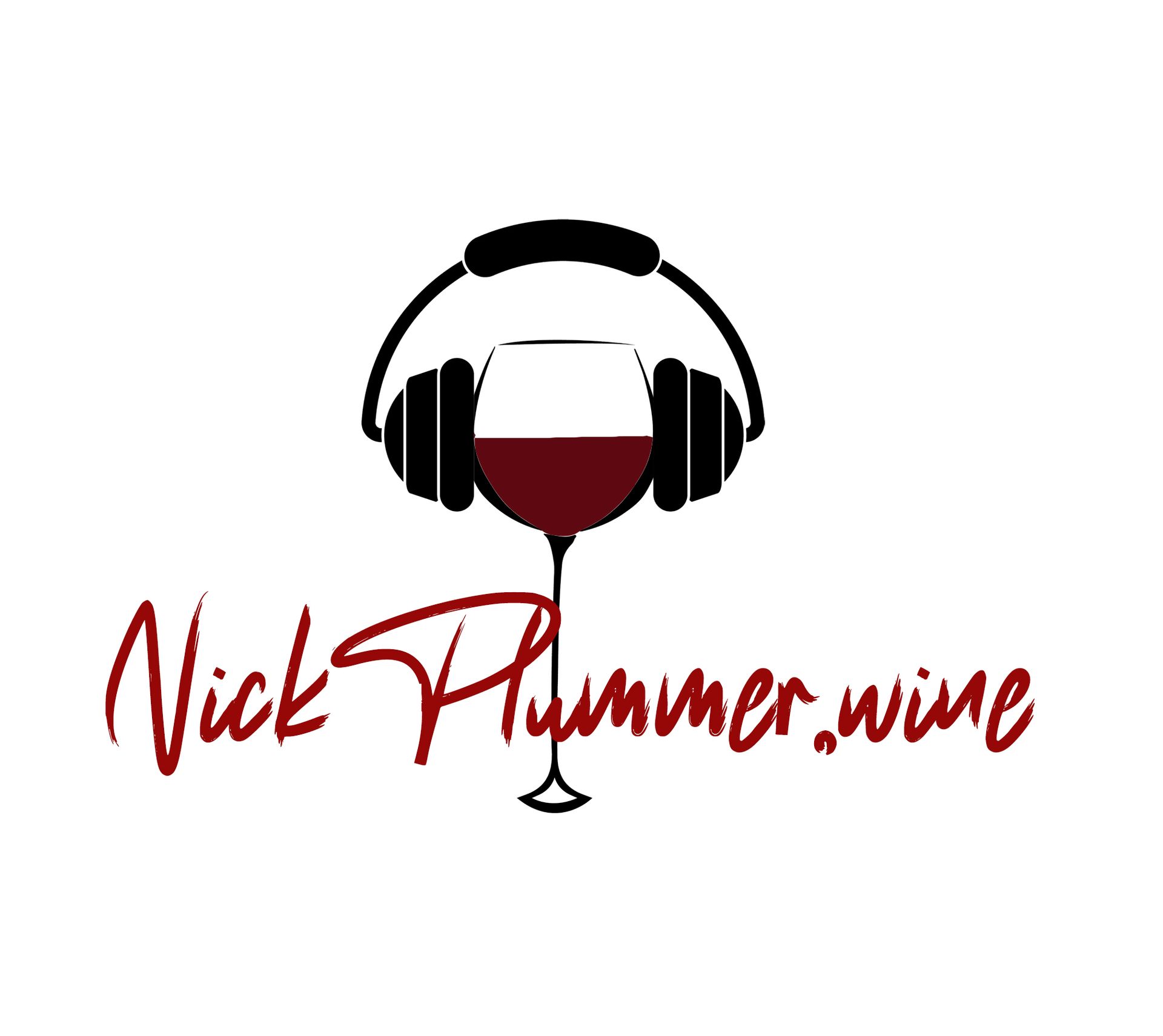What is the problem with Pinotage?
PINOTAGE – the truth.
What I’m about to say may get me into a lot of trouble, but frankly I don’t care.
It was Abraham Perold who, nearly 100 years ago, thought it would be jolly good fun to cross-breed Cinsault and Pinot Noir to create a new grape. Why? I can’t be bothered to research it, but does it matter why? The result was Pinotage, a legitimate grape. But the wines created from Pinotage have struggled to get a reasonable foothold in the market.
There was a recent article by that well-know commentator on the industry Michael Fridjhon, who was asking why South African Chenin Blanc has become so globally successful, yet Pinotage has really struggled to gain traction.
My opinion about this (note: "my" opinion!) is that Chenin Blanc had a proven track record, being produced successfully in many countries for quite a long time before it became the South African champion. Thanks to the efforts of Ken Forrester and Martin Meinert, South African Chenin now stands out as one of the all-time success stories, and top quality SA Chenins now command eye-watering prices around the globe. So why has Pinotage not taken off in the same way?
Firstly, it’s still considered to be the new kid on the block (remember, the world only started to find out more about South African wines after the early 1990s) – wine consumers around the world are often creatures of habit, loyally sticking with a cultivar / style / producer that they like (which is usually not Pinotage) and won’t even consider a Pinotage unless it’s poured for them (for free) at a wine tasting function. From my own experience, at one such function in Cape Town, where a selection of different wines were being sampled, a guest refused to taste the Pinotage, stating that he didn’t like it. I casually mentioned that he’s paid for the whole flight of wines, so he could taste it, spit it out, chuck it away and move along, but at least give it a try. Cutting a long story short, he ordered 12 bottles of that particular Pinotage. I’ll put that down as a win.
But if you’re trying to convert the Pinotage infidels one unbeliever at a time, it’s going to take a loooong time.
Enter Diemersfontein, the elephant in the room that, for some reason, is hiding in plain sight. The COFFEE PINOTAGE has divided the wine world. It’s a huge success story – but Diemersfontein have created a monster. A wine that tastes of coffee suddenly became trendy around the globe, but it remains a trend, and quite honestly doesn’t reflect the true nature of the wine. Yes, there are almost unique coffee notes, which is why Diemersfontein chose to "enhance" that unique characteristic, but Pinotage shouldn't just be about coffee. If I want to taste coffee, I'll drink coffee, thank you.
The truth is that while many in South Africa see it as a brilliant marketing move, the Coffee Pinotage isn’t considered a world-class wine.
The likes of Beyers Truter et al (Kanonkop, Beyerskloof, etc) have been making “true” Pinotage. Big, bold, balanced and making a statement. Yet still no global domination.
WHOAH, LIGHT BULB!
“Big… bold…”
Take it right back…
Think about the Pinotage parentage.
Cinsault and Pinot Noir.
Notice anything peculiar? Cinsault and Pinot Noir are generally recognised as elegant, light red wines. You’ll find very little evidence of “Big and Bold.” Why should their child be expected to behave with the subtlety of Oliver Reed and Richard Harris at an all-you-can-drink party?
Well, the good news is that change is a-coming. There is a new style of Pinotage emerging, that may well be the saviour of the cultivar. A lighter style, elegant and delicate, with an alcohol under 13%, behaving like its parents. Lucinda Heyns at Illimis is taking this fresh approach, as are a number of other smaller producers, and the results are mightily impressive. The challenge facing the industry is that this re-invention of Pinotage will take a long time to reach the consciousness of the wine-drinking world, and it will involve a complete marketing overhaul of the cultivar.
Another challenge to consider is that I don’t forsee the likes of Kanonkop, Beyerskloof, Bellevue, Ashbourne et al ever considering changing the style of their Pinotage – they have their own market share with their big, bold (and often highly-priced Pinotages, and won’t want to lose that particular revenue stream.
So what will become of Pinotage, now it has an additional identity? Will it become Jekyll and Hyde, forever doomed to appeal to some of the people, some of the time, or will there be widespread change to the newer, brighter style?
The answer may appear if producers hold the faith and refer to the success story of the “new-style” Chenin Blanc – if you build it, they will come. Either a small number of big name producers have to buy into the dream, or a large number of smaller producers have to become household names. But both of those scenarios will take some time.
Nick Plummer Blog
